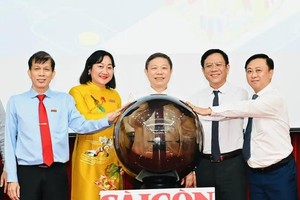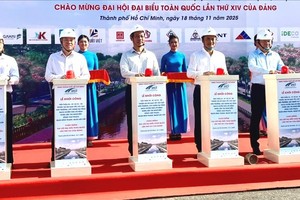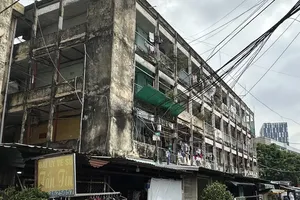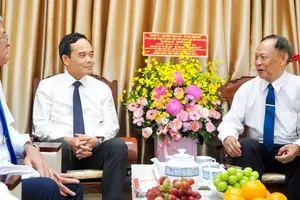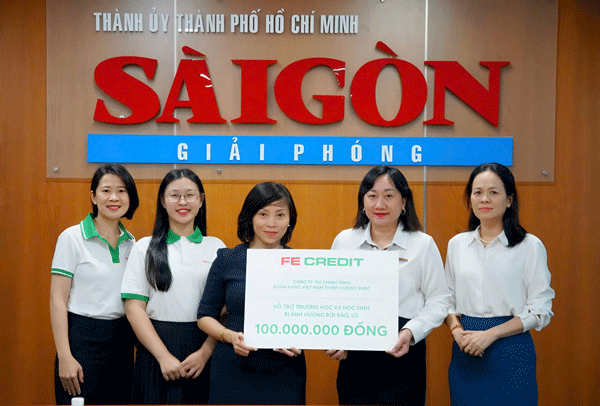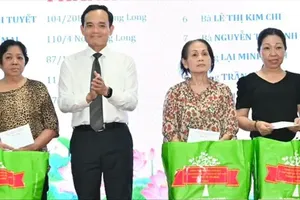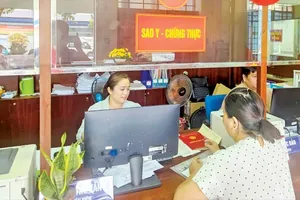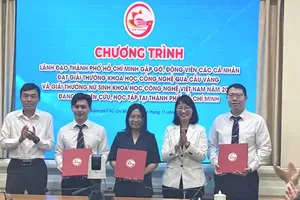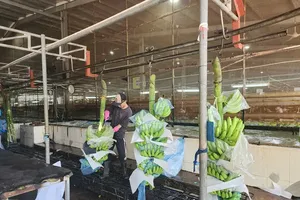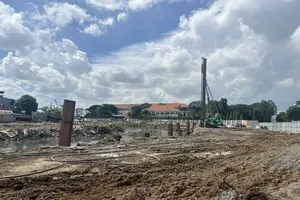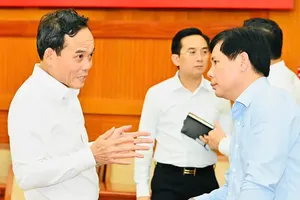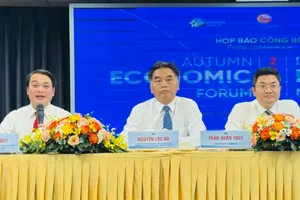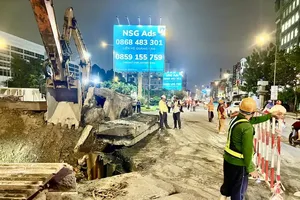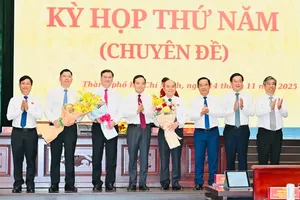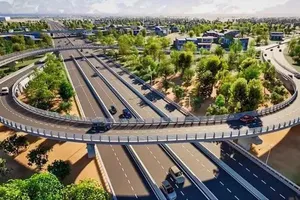Attending the event were Chairman of the Ho Chi Minh City People’s Committee Nguyen Van Duoc and Vice Secretary of the Ho Chi Minh City Party Committee Dang Minh Thong.
“One Integrated Space, Three Zones, One Special Administrative Area” strategy
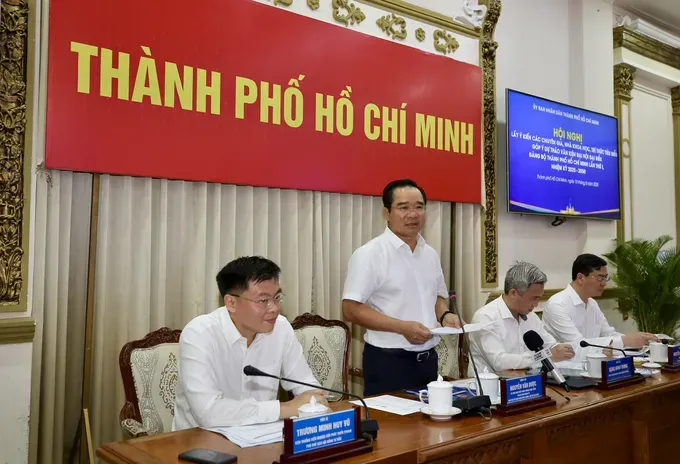
Speaking at the conference, Chairman of the Ho Chi Minh City People’s Committee Nguyen Van Duoc emphasized that the upcoming 1st Congress of the Ho Chi Minh City Party Committee for the 2025–2030 term will take place under particularly significant circumstances. This will be the first congress following the reorganization of provincial-level administrative units, which has expanded the city's area to more than three times its previous size. With a new position, the city now stands poised to unlock fresh development potential, leveraging the strategic advantages of what is being referred to as “one integrated space, three zones, and one special administrative area.”
According to this vision, the “one integrated space” refers to Ho Chi Minh City as a global-scale megacity. The “three zones” comprise the central Ho Chi Minh City area, envisioned as a core urban hub for finance and high technology; Ba Ria–Vung Tau, positioned as the nation’s maritime economic capital, focusing on coastal tourism, clean energy, port logistics, and oil and gas; and Binh Duong, designated as a center for high-tech manufacturing and advanced industry. Meanwhile, the “one special administrative area” refers to Con Dao, which is set to be developed into a sanctuary for spiritual, ecological, and luxury wellness tourism.
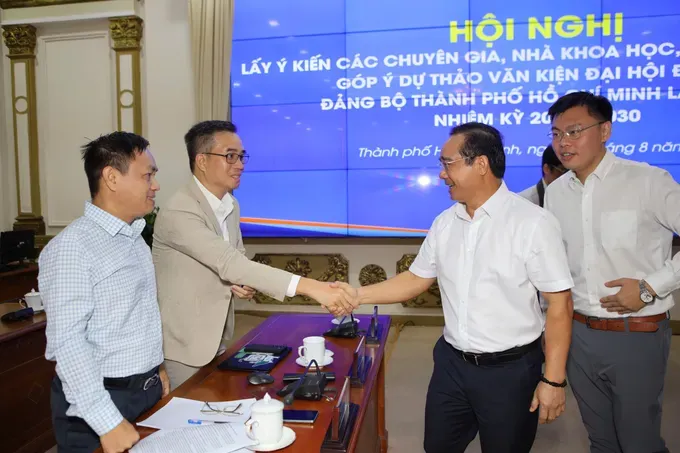
Chairman of the Ho Chi Minh City People’s Committee Nguyen Van Duoc hoped that experts, scientists, and prominent intellectuals would offer opinions on several key thematic areas. These include a comprehensive assessment of achievements, limitations, underlying causes, and lessons learned from the previous term, especially the targets that have not been achieved and the breakthroughs that have not been developed as expected.
He also emphasized the importance of defining key goals, strategic perspectives, and core targets for the 2025–2030 term; priority tasks and key solutions are currently being shaped around seven proposed flagship and breakthrough programs. These programs aim to address critical areas such as institutional reform, infrastructure and logistics, high-quality human capital development, private sector growth, and the transition toward a green and sustainable urban model.
Aiming to position Ho Chi Minh City as a leading regional hub in Asia
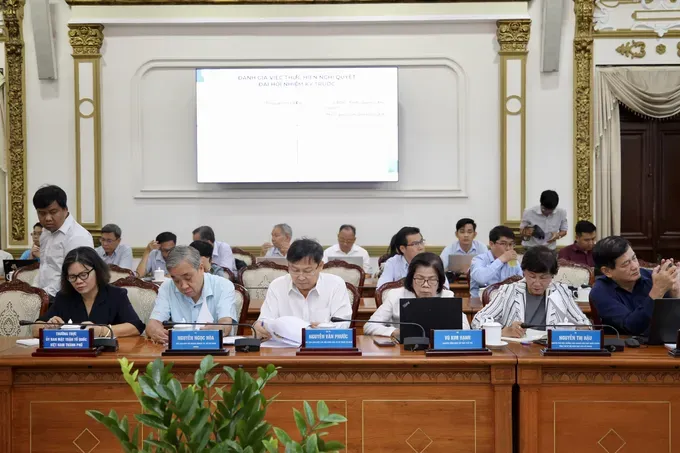
Dr. Truong Minh Huy Vu, Director of the Ho Chi Minh City Institute for Development Studies, stated that a consistent guiding principle is the firm commitment to driving the city’s development through strategic breakthroughs in science and technology, innovation, and the national digital transformation. He also affirmed the central role and leadership position of the people, emphasizing the need to strengthen and discipline the Party while enhancing the Ho Chi Minh City Party Committee’s leadership capacity, governance effectiveness, and fighting spirit.
The draft report outlines five key development goals. By 2030, Ho Chi Minh City aims to become a smart, civilized, and modern urban center with a prominent position in Southeast Asia in the fields of economy, finance, trade, education, healthcare, and science and technology. Looking ahead to 2045, the city envisions itself as a large hub in Asia for economics, finance, science and technology, culture, and tourism, a global city that is attractive, livable, green, inclusive, and sustainable.
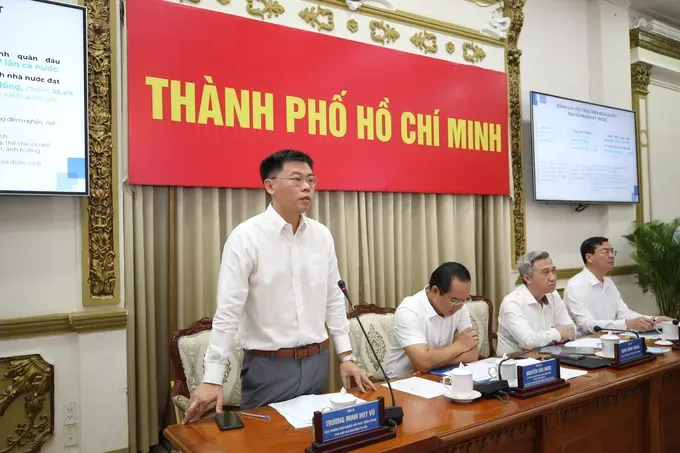
To achieve these goals, the draft documents set forth 23 specific targets. Among them, the average annual growth rate of the city’s Gross Regional Domestic Product (GRDP) is projected at approximately 10 percent. By 2030, the city aims to reach a per capita GRDP of around US$14,000 to 15,000. Average social investment capital over five years is expected to account for 35 percent to 40 percent of GRDP, with the digital economy representing 30 percent to 40 percent. Additionally, the plan includes the relocation of shanty houses along canals.
